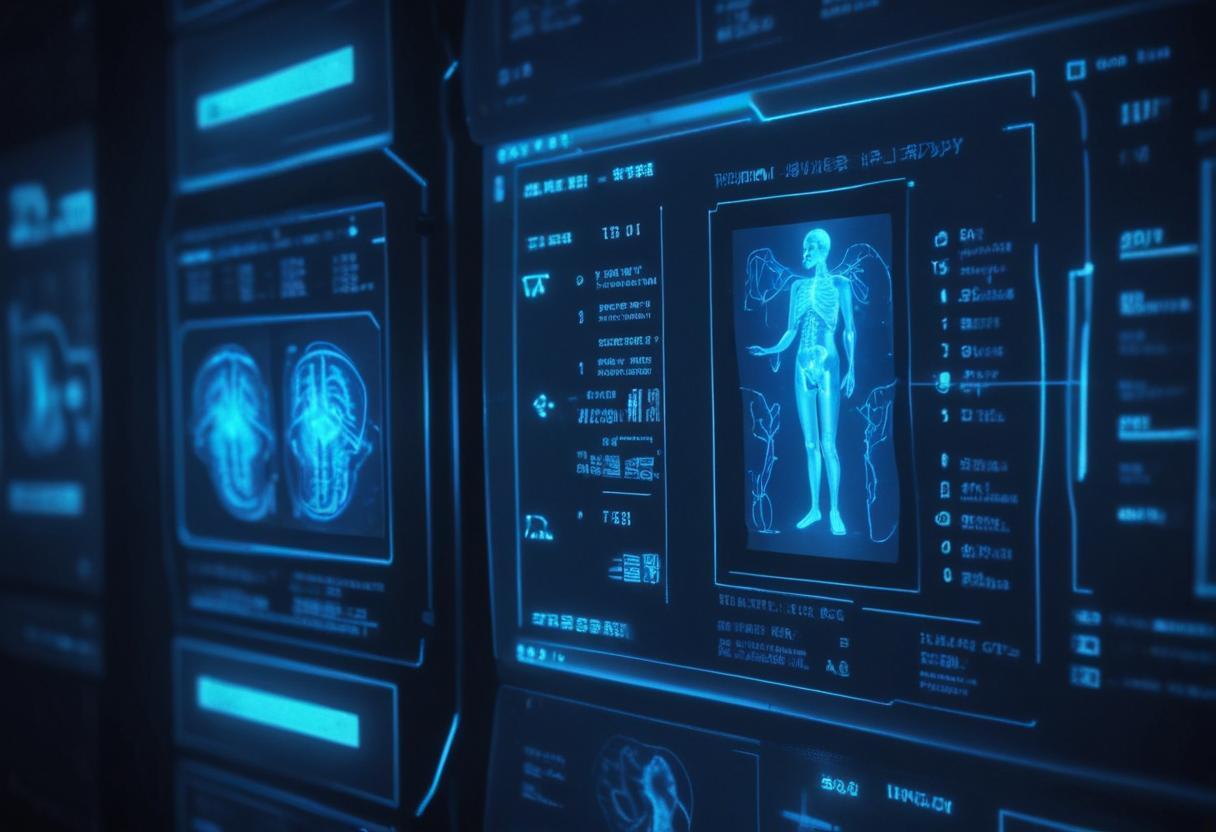
The adoption of digital technologies is a catalyst for healthcare transformation. One promising technology being adopted within Saudi Arabia's healthcare system is the digital twin, a cutting-edge technology set to transform healthcare service delivery.
We developed and evaluated a machine learning model using data from the National HealthInformation Center, incorporating individuals’ age, sex, and risk factors. To evaluate the model's effectiveness, we conducted an external validation study in three primary healthcare centers, comprising a random sample of 3,400 individuals not diagnosed with diabetes. We compared our model's performance against the American Diabetes Association's risk assessment tool, which is known for its high sensitivity in detecting high-risk or undiagnosed cases.
Among the respondents, 282 individuals were identified as high-risk by the ADA tool, and 90 completed HbA1C testing.
The results revealed that 59% had abnormal glucose levels (52% prediabetic and 7% diabetic), which validated the model's effectiveness in identifying at-risk cases.
The model demonstrated good predictive ability with anAROC value of 0.803, showcasing its comparable performance to the American Diabetes Association’s assessment tool in identifying high-risk individuals.
The developed machine learning model shows potential as an effective population-level screening tool. It can efficiently identify both individuals at high risk of developing type 2 diabetes mellitus and those who may have undiagnosed diabetes. This approach could serve as a foundation for national early identification programs while optimizing healthcare resource utilization.